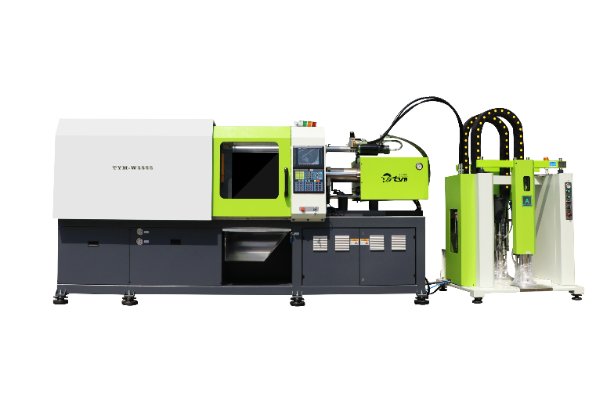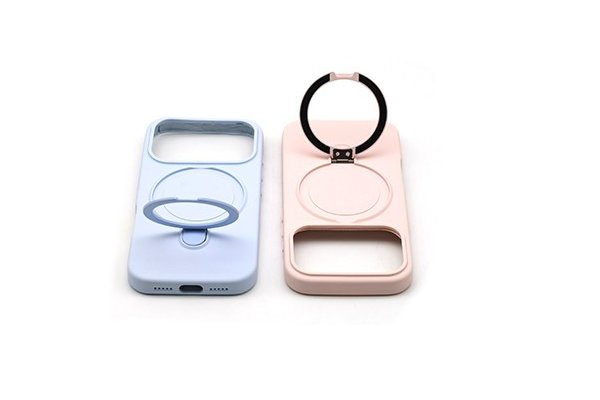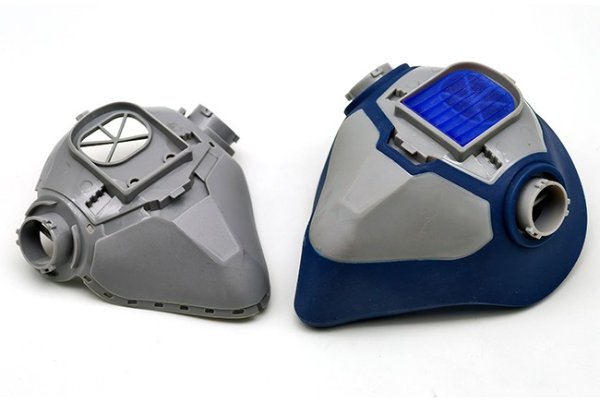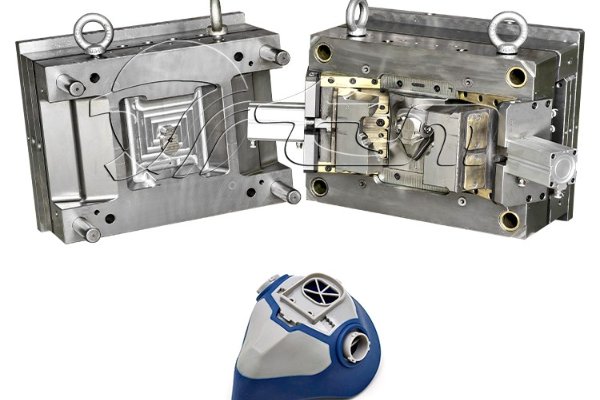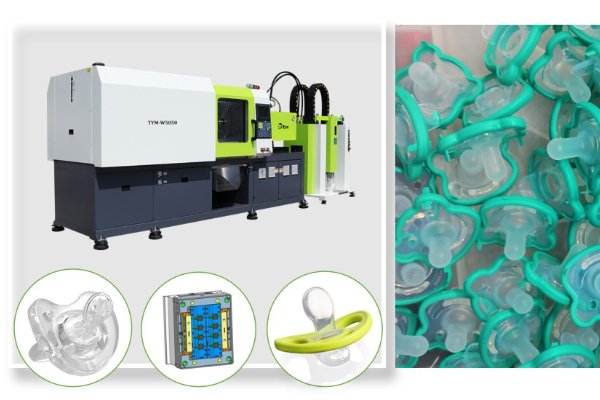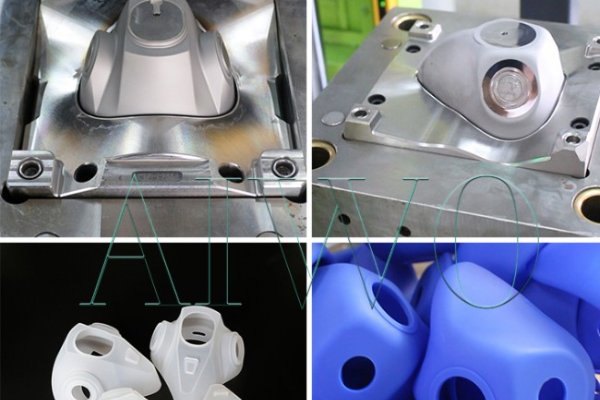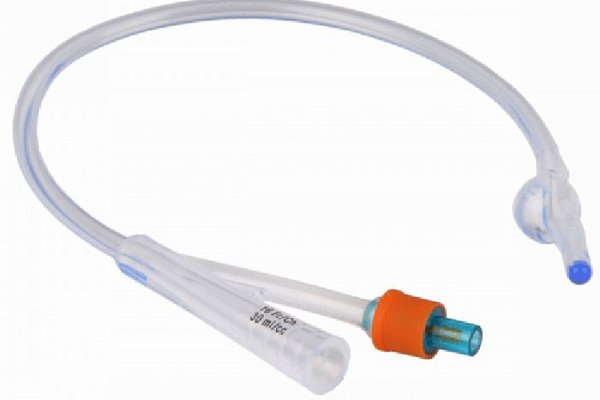Recent Posts
-
Meet TYM at K 2025 -The World’ s No.1 Trade Fair for Plastics and Rubber
Welcome to the World’s No.1 Trade Fair for Plastics and Rubber -K 2025, taking place from October 8–15, 2025 at Messe Düsseldorf, Germany. As a professional LSR injection molding machine, mold, and robot solution provider, TYM Technology Co., Ltd. is proud to present our latest innovations at Booth 16E77.
09/23/2025
-
Efficient Production of Silicone Phone Covers|Vertical Molding Machines
Produce premium silicone phone covers efficiently with TYM LSR vertical injection molding machines. Achieve perfect overmolding, high precision, and full automation for durable, skin-friendly silicone cases.
11/13/2025
-
Efficient LSR Half Mask Respirator Production with TYM LSR Molding Machines
What Is an LSR Half Mask Respirator? This type of respirator is made through a combination of plastic injection and LSR overmolding. First, the plastic part of the mask is molded. Then it is placed into a silicone mold for a second injection on an LSR molding machine. During this process, the liquid silicone bonds tightly with the plastic surface, forming one complete piece without any need for glue or manual assembly. This makes the mask more stable, cleaner, and easier to produce in volume.
10/09/2025
-
Liquid Silicone Half Mask Respirator Production Machine
Liquid silicone half mask respirator mold can be customized with 2 to 4 cavities and adopts a cold runner system to minimize material waste while achieving high precision molding machine.
08/14/2025
-
Silicone Catheter Manufacturing Machine LSR Molding and Extrusion
TYM provides LSR molding and extrusion solutions to manufacture silicone catheters efficiently, with modular molds and global medical-grade support.
06/25/2025
Silicone Catheter Manufacturing Machine LSR Molding and Extrusion
Introduction
Silicone catheters are widely used in modern healthcare. An increasing number of people require high-quality silicone catheters for urinary drainage or post-surgical applications.
Manufacturers require efficient and reliable machinery that is specifically designed for producing silicone catheters. In this article, we will look at the two main types of equipment used for this purpose: LSR injection moulding machines and silicone extrusion lines. We will also explain how these machines work together to produce safe, precise and high-performance medical catheters.
Two key machines are used to make silicone catheters
To make high-quality silicone catheters, two types of equipment are usually used:
1. Liquid silicone rubber (LSR) injection moulding machine
This is the main machine used to make the catheter balloon and head section. One of the best models is TYM's 130-ton vertical double sliding LSR injection molding machine.
Key advantages
Dual lower molds with one upper mold, allowing simultaneous loading/unloading and molding, which significantly increases production efficiency.
Automation-ready, with support for blow-off demolding and robotic arm integration.
Ideal for high-precision medical parts such as silicone urinary catheters tips, valves, and balloon segments.
2. Silicone Tube Extrusion Line
Used for producing the flexible silicone urinary catheters tube body. Silicone extrusion machines provide consistent tubing diameters and wall thickness, ensuring the catheter's comfort and function during insertion.
Why Choose TYM for Silicone Catheter Manufacturing?
l Over 10 years of experience in medical-grade silicone processing
l Custom LSR solutions with CE and ISO certifications
l Global client support with full technical training and after-sales service
l Proven performance in catheter, nasal cannula, and urinary products manufacturing
Additional Production Steps
After molding and extrusion, a complete silicone catheter goes through several secondary processes:
l Punching for drainage holes
l Bonding the balloon to the tube
l Valve assembly and lubricant coating
l Sterilization and packaging in cleanroom environments
One Mold, Multiple Sizes
One standout feature of TYM's silicone catheter production solution is its multi-size compatible mold system. A single mold can support three adjacent silicone urinary catheters sizes by simply switching interchangeable inserts (up to 6 inserts in total). This significantly reduces mold investment costs and minimizes downtime when switching between sizes.
Conclusion
If you’re planning to manufacture silicone catheters at scale, a combination of LSR injection molding machines and silicone tube extrusion lines is the ideal solution. TYM's high-efficiency systems and modular tooling design make it easier for manufacturers to optimize costs, improve production speed, and maintain product consistency across different catheter models.


